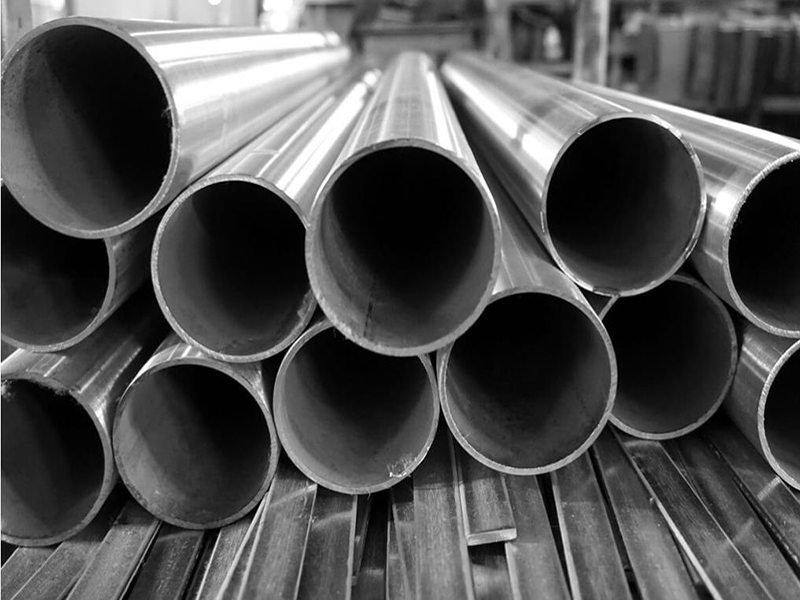

Steel And Iron are the constituent materials of many common substances in our life. Their existence “strengthens” the structure of our life to a great extent. Understanding and understanding them will help us understand and transform our life more clearly.
First of all, we should know that the difference between Steel And Iron lies in their different carbon content (2% – 4.3% and 0.03% – 2% respectively), and then we should understand the classification of Steel And Iron, focusing on the common names and practical uses of various substances, such as casting pig iron, common name gray iron, which is commonly used to manufacture various castings, etc. This part of the study of steel and iron should focus on comparison. Although there are few data theories, we should pay attention to it, because it often appears in the form of common sense multiple-choice questions in the exam.
There are many kinds of iron ores: magnetite, hematite, etc. you should know the main components corresponding to these ores, otherwise you will be at a loss when there is a topic like “writing the reaction equation for reducing magnetite with carbon monoxide”. Next, we should understand the main reflection principle of ironmaking, that is, reducing iron with reducing agent. We should pay attention to the expression of the phenomenon of the test – “red brown powder turns black” (which is a common content of the exam). From this to that, the principle of ironmaking in blast furnace is also roughly the same. For some knowledge in actual production, we should first understand the basic structure of blast furnace “five furnaces, two inlets and three outlets”, as well as the chemical reaction and slag formation reaction of each part. It should be noted that the composition of blast furnace gas is a mixture of carbon monoxide, carbon dioxide and nitrogen, which can be discharged only after purification. It is a good gas fuel.

Steelmaking and ironmaking are carried out by redox reaction, but there are great differences between steel and iron in the reaction objects: ironmaking is to reduce iron, while steelmaking is to remove excess carbon and other impurities from pig iron, so they are related and different in practical operation.steel and iron
There are three main methods of steelmaking: converter, electric furnace and flat furnace. Among them, converter steelmaking method is widely used. We don’t need to remember the specific operation process (just understand), but we should pay attention to the reactions, such as iron oxide, impurity removal and deoxidation. A large amount of brown steam will appear in the steelmaking process. Its components are iron oxide dust particles and high concentration of carbon monoxide, which must be purified.
It mainly refers to the steel whose mechanical properties depend on the carbon content in the steel, and generally does not add a large amount of alloy elements. Sometimes it is also called plain carbon steel or carbon steel.
Carbon steel is also called carbon steel. It is an iron carbon alloy with carbon content WC less than 2%. In addition to carbon, carbon steel generally contains a small amount of silicon, manganese, sulfur and phosphorus. According to the purpose, carbon steel can be divided into carbon structural steel, carbon tool steel and free cutting structural steel.
Carbon structural steel is divided into building structural steel and machine manufacturing structural steel. According to the carbon content, carbon steel can be divided into low carbon steel (WC ≤ 0.25%), medium carbon steel (wc0.25% – 0.6%) and high carbon steel (WC > 0.6%)
According to the content of phosphorus and sulfur, carbon steel can be divided into ordinary carbon steel (higher phosphorus and sulfur), high-quality carbon steel (lower phosphorus and sulfur) and high-grade high-quality steel (lower phosphorus and sulfur) Generally, the higher the carbon content in carbon steel, the higher the hardness and strength, but the lower the plasticity
Carbon structural steel is divided into ordinary carbon structural steel and high-quality carbon structural steel according to quality steel and iron
1. The average carbon content of ordinary carbon structural steel WC = 0.06 ~ 0.38%. There are many harmful substances and non-metallic inclusions in the steel It is usually rolled into steel plate or various profiles (round steel, square steel, common steel, reinforcement, etc.)
The grades of ordinary carbon structural steel include Chinese phonetic alphabet representing yield point + yield point value + quality grade symbol + deoxidation method symbol, etc
“Q” in the brand name means “bending”; A. B, C.D indicates the quality grade, which reflects the content of harmful impurities (phosphorus and sulfur) in carbon steel structural steel. Grade C and d have the lowest phosphorus and sulfur content and good quality. They can be used as important welded structural steel
Deoxidation method symbol f represents boiling steel, B represents semi killed steel, Z represents killed steel and TZ represents special killed steel
The content of sulfur and phosphorus is very low, and there are few non-metallic inclusions. It is generally used after heat treatment The grade of high-quality structural carbon steel is represented by two digits: the number represents 10000 times the average carbon mass fraction in steel, for example, 40 steel represents wc-0.40% According to the different content of manganese in steel and iron, it is divided into ordinary manganese content steel (WMN < 0.80%) and higher manganese content steel (WMN = 0.70-1.00%)
High hardness and wear resistance are required Moreover, it must be quenched and tempered at low temperature, such as T7 and T8
The grade of carbon tool steel is expressed by the letter “t” (Chinese phonetic alphabet for carbon) + numbers. Carbon tool steel and iron is high-quality steel. If it is high-quality carbon tool steel, add the letter “a” after the steel, such as t7a
“ZG” is the initial of the Chinese phonetic alphabet of the word “cast”, the following number is the yield strength (MPA), and the second group of numbers is the tensile strength (MPA)

For Further Details,Please Feel Free To Contact Us: